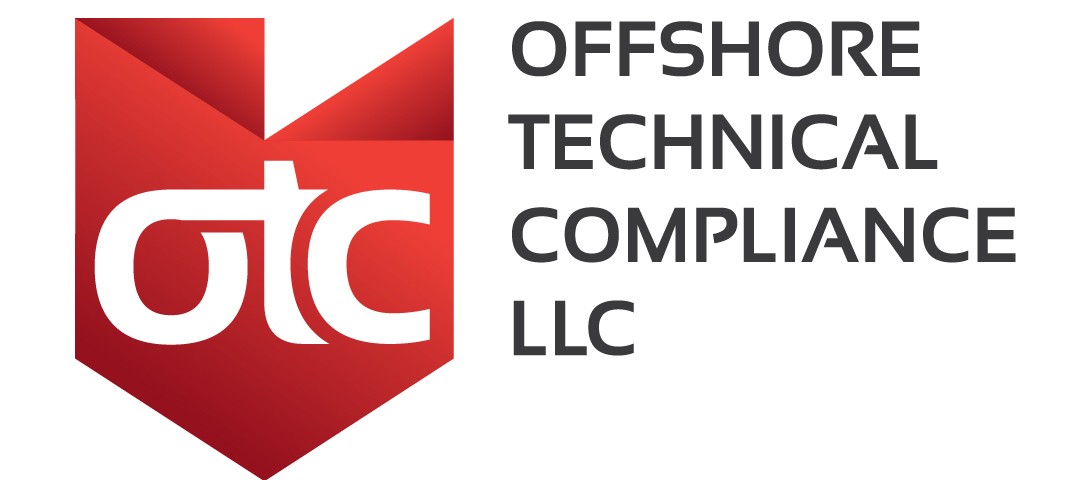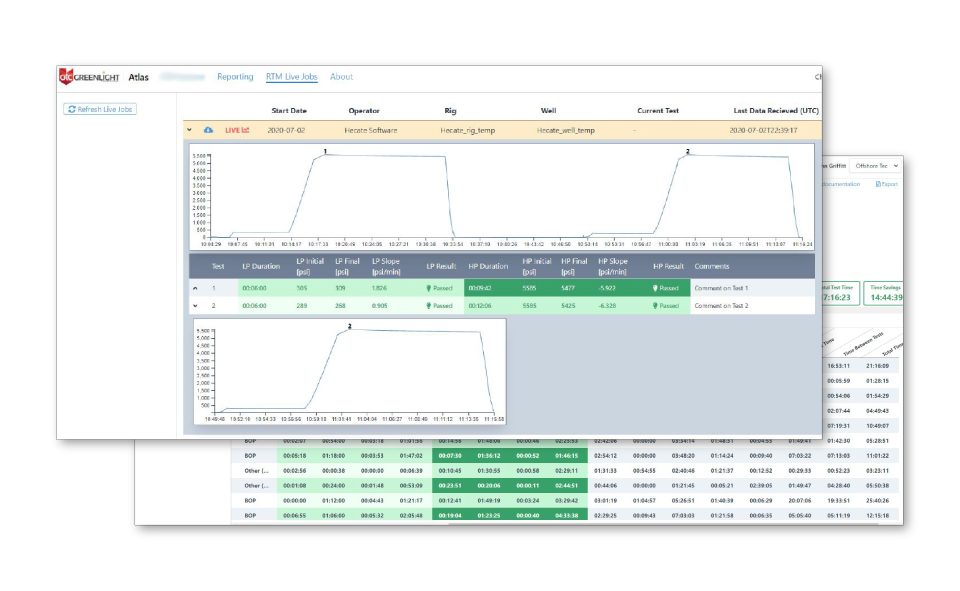- Have any questions?
- +985-727-7400
Flat or Curved?

Federal Failure Reporting an Added Step for Offshore Operations
August 11, 2017
Have the Rules for the Gulf of Mexico Changed Again?
October 23, 2017
By Michael Bethea, CEO, Offshore Technical Compliance
During the Dark Ages, mankind thought the world was flat. Well, actually this is not true. It’s a myth. Historians agree that from the third century B.C., modern western civilization educated people maintained the spherical viewpoint as first expressed by the ancient Greeks. But today the argument of flat versus curved is still very much in play. But I will get to that a little bit later. Allow me to digress.
There are times when I’m dumbfounded at the logic or (lack thereof) applied to written rules, regulations or standards that we are subject to. This can be applied to any area of governance, whether local, state or federal laws or standards that regulate industry. And often these governing laws or regulations are quite literally created in a vacuum with little or no real participation from the relevant parties necessary to ensure said laws or regulations have been fully and logically vetted. A good example of this is laws forbidding smoking in public places, without plans for enforcement of the laws. This is just an example as I’m not taking sides on the issue although I do have an opinion if you want one.
I am working toward a point here so bear with me … and the point is part confession. The problem we have in making good sound regulation, recommended practices or standards is that we don’t listen to the dissenting voices. Worse yet, we often don’t even include them in the process. I know how difficult listening really is. It’s something I have to practice at … to force myself to do … much like running or working out. But the reward of truly listening without allowing interference to creep in is monumental. I actually learn something most of the time.
So why is listening so hard? There are many reasons I’m sure. But the one that gets my ire up the most is the assumption that one is right and the other is wrong. This position is so concerned with proving a certain point of view that they never really consider the dissenting view. This leads to a spiral of only seeking out information that supports a particular view instead of seeking out information that confirms or discredits a particular view.
So, back to the debate over flat or curved. In the oil and gas industry, this has been a debate that has literally been waged for decades. And there is still little to no agreement. Of course I’m talking about the interpretation of 30 CFR 250.737 titled “What are the BOP system testing requirements.”
For decades, the accepted practice of meeting the requirement of this regulation has been 5 minutes of flat line on a circle chart. And for decades, arguments have ensued as to whether a line on a circle chart was flat or declining (or even sometimes inclining … but in the interest of time I won’t go there).
In the digital age, we now have the means to remove the subjective nature of interpreting analog measurements. And there are published, peer-reviewed papers supporting a commonly held digital interpretation of a flat line on a circle chart (if you’re interested, read Real Time Digital Interpretation of Subsea Blowout Preventer Tests (SPE-105198), see page 1, Current Subsea-BOP Testing Practice and page 3, Digital Algorithm Performance Study or Advanced Analysis Identifies Greater Efficiency for Testing BOPs in Deep Water (IADC/SPE 8755), see page 4, Modeling and Leak Detection). But that is not really at the core of the debate. Whether digital or analog, the debate is really about defining stabilized pressure. The best approach to answering this question may be to simply ask, what are we trying to accomplish when pressure testing critical equipment? And then to really listen to all parties involved and what their expectations are.
We have an opportunity to step back from arguing acceptable ranges of flat versus curved and start asking what are we trying to accomplish and what’s necessary to do so in a thorough, safe, efficient and cost-effective way that all parties involved can agree on and feel confident signing off on. If we go from arguing about whether a line is flat or not on a circle chart to arguing about how curved a line is on a circle chart then we haven’t really solved the debate. And it would be unwise to sweep the argument under the digital table through a baseless and randomly assigned acceptable decay value assigned by a small group without input from the industry side.
We have the capability to conduct well planned and independent research to clearly and scientifically establish acceptable parameters for stabilized pressure when testing well control equipment. If we’re searching for affirmation that our equipment is fit for service through testing, it seems reasonable to me that we should use scientific methods to determine a logical basis for reliable testing as opposed to arbitrarily defining it with no rationale. Especially if it means we are accepting a lower standard than what has been commonly accepted for years – albeit with much head scratching and debate.
Follow CEO Mike Bethea on LinkedIn: https://www.linkedin.com/in/michael-bethea-59ba141/

